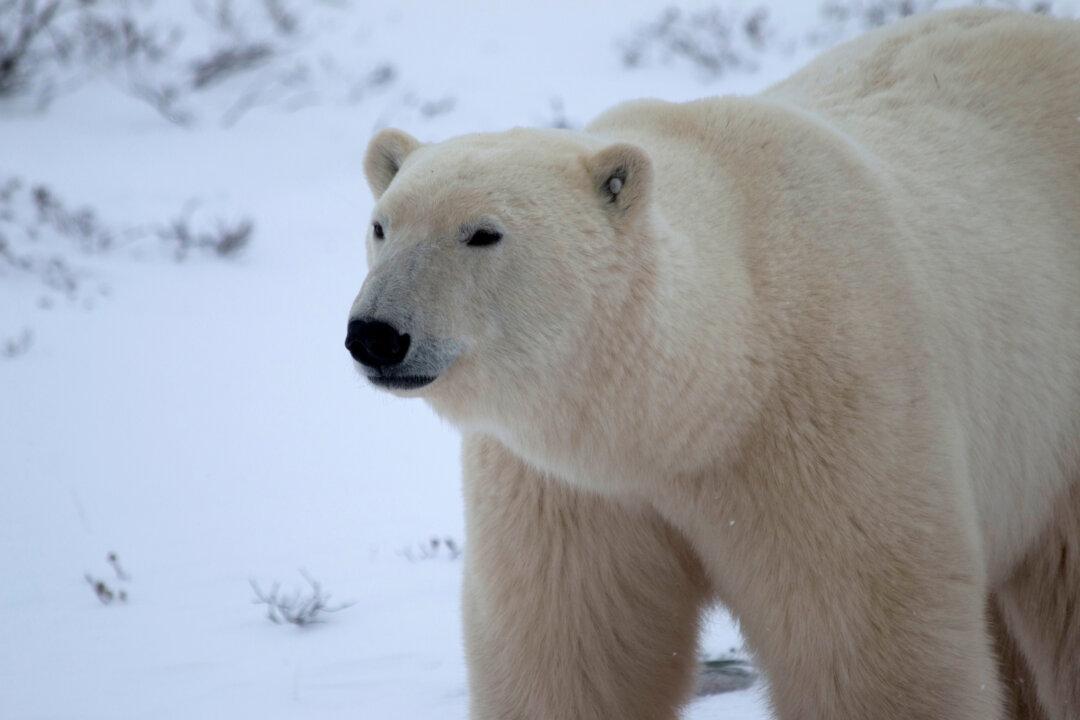Two polar bears killed a worker at a remote military radar station in the Canadian Arctic last week, spurring an investigation into the circumstances of the attack.
The Nasittuq Corporation, which operates Northern radar sites for the Canadian government, issued a press release confirming the death of one of its “valued employees” in an Aug. 8 attack on Brevoort Island in Nunavut.





